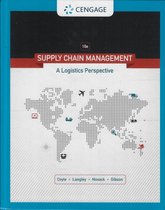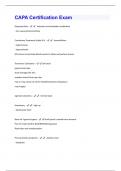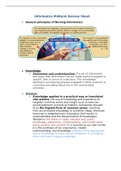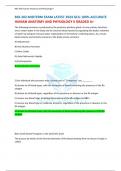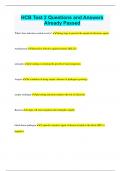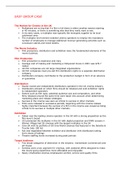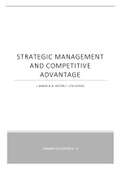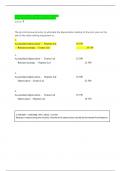Samenvatting
Summary of Supply Chain Management: A Logistics Perspective 11th Edition (ISBN: 9780357442135)
- Instelling
- Hanzehogeschool Groningen (Hanze)
A summary of chapters 1, 2, 3, 5, 9 & 13 of Supply Chain Management: A Logistics Perspective by Langley, Novack, Gibson and Coyle. This summary was made specifically for Year 2, Period 2 of International Business at Hanze UAS but is suitable for anyone who needs to learn these chapters from the boo...
[Meer zien]


